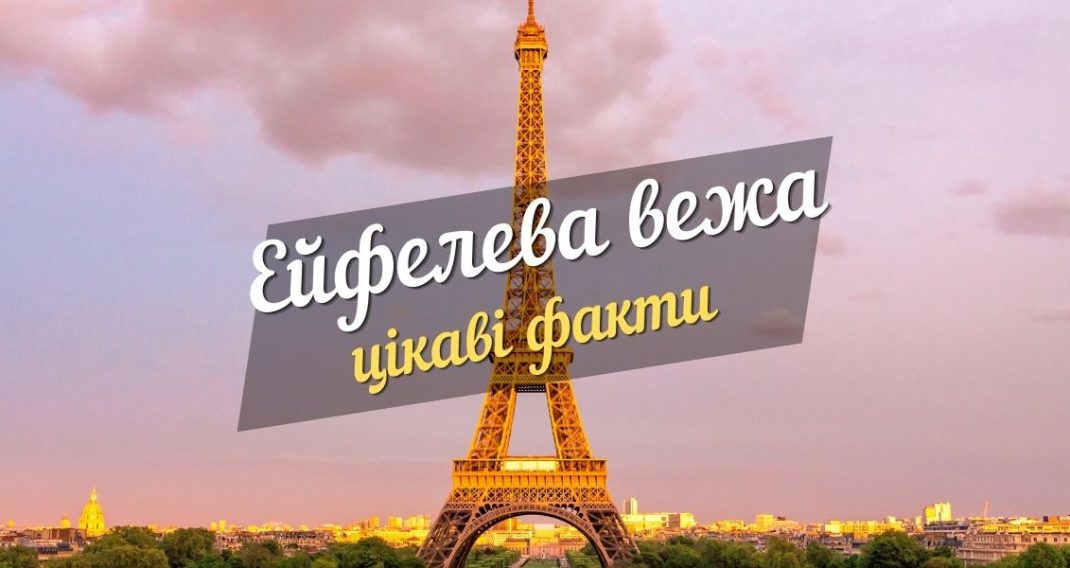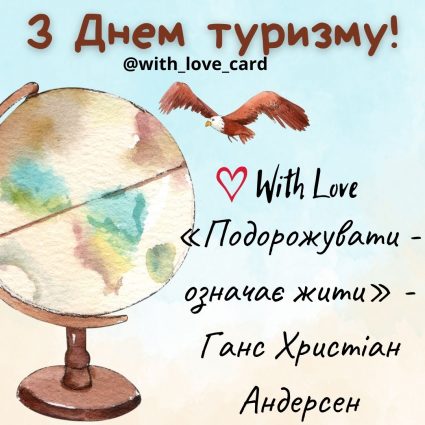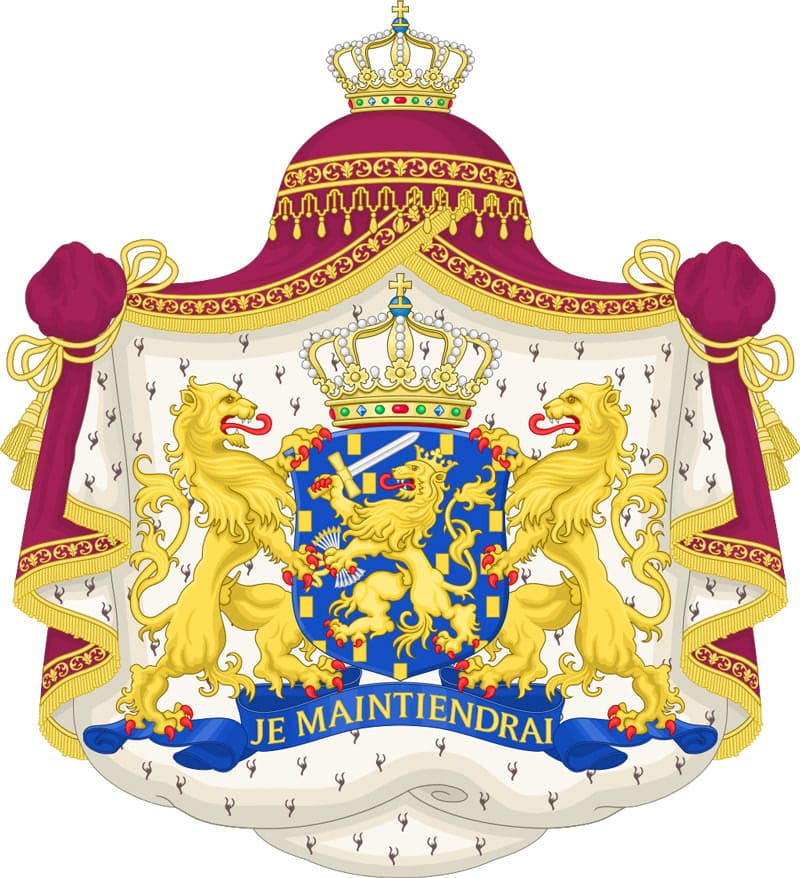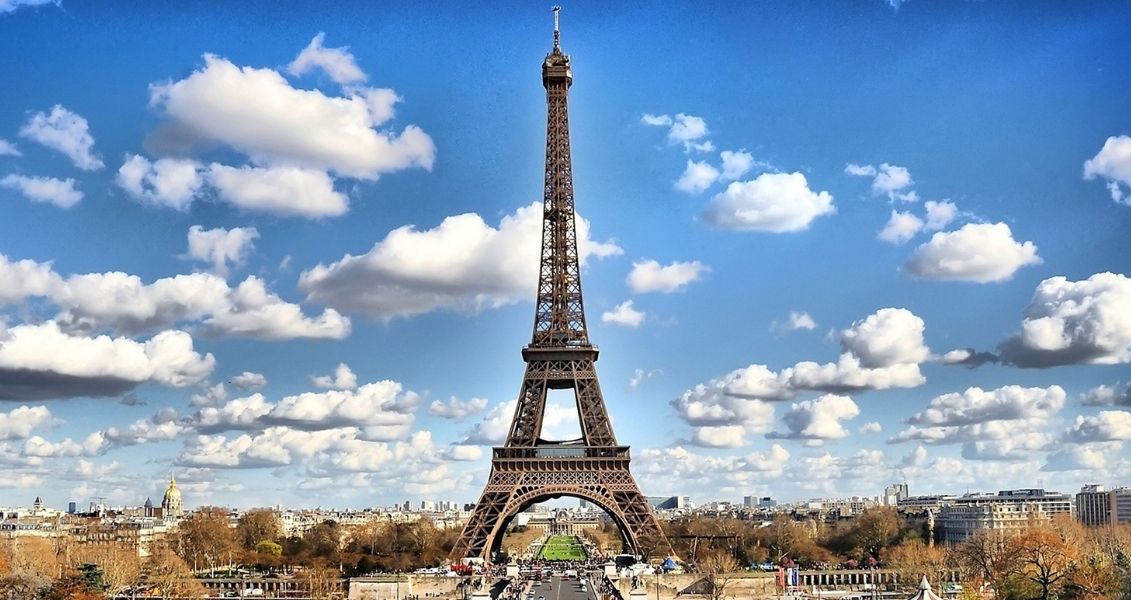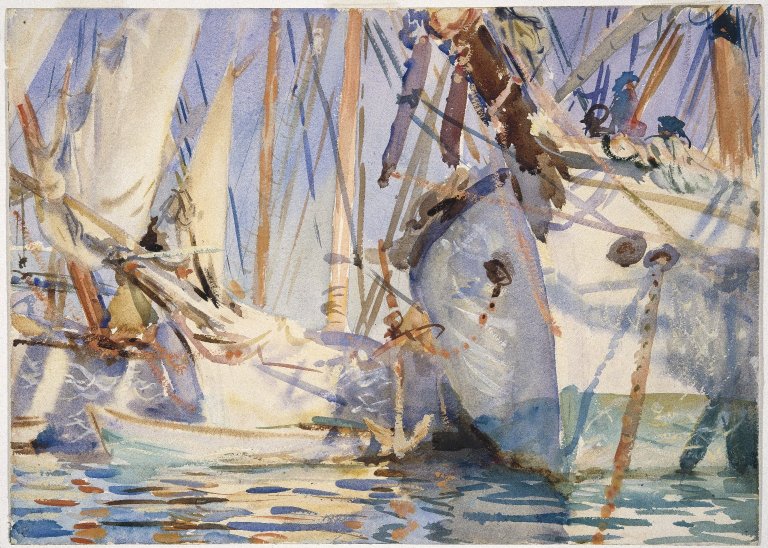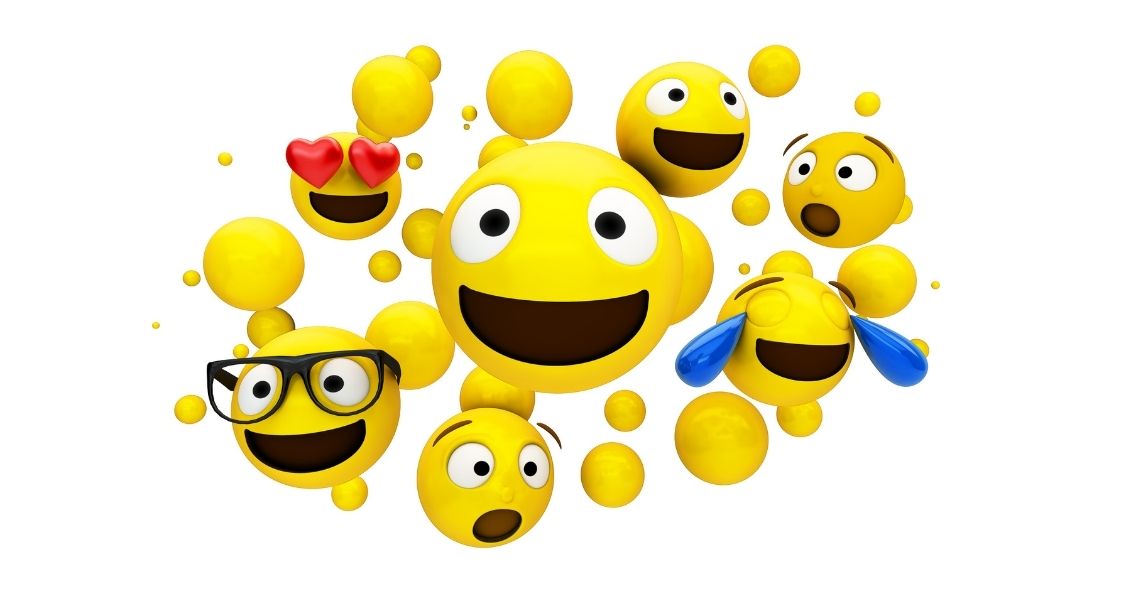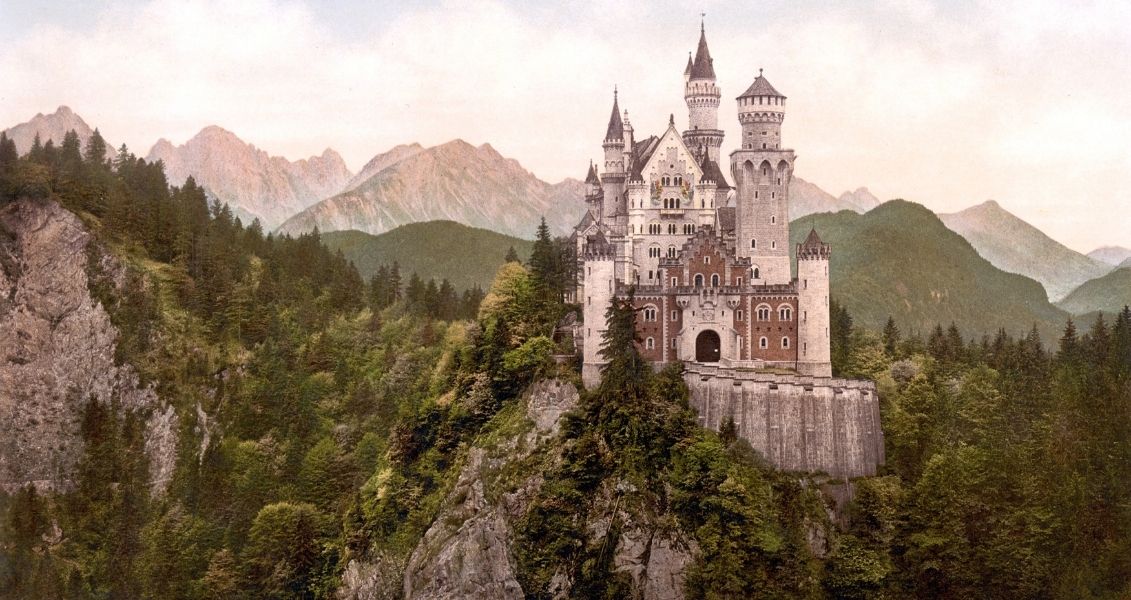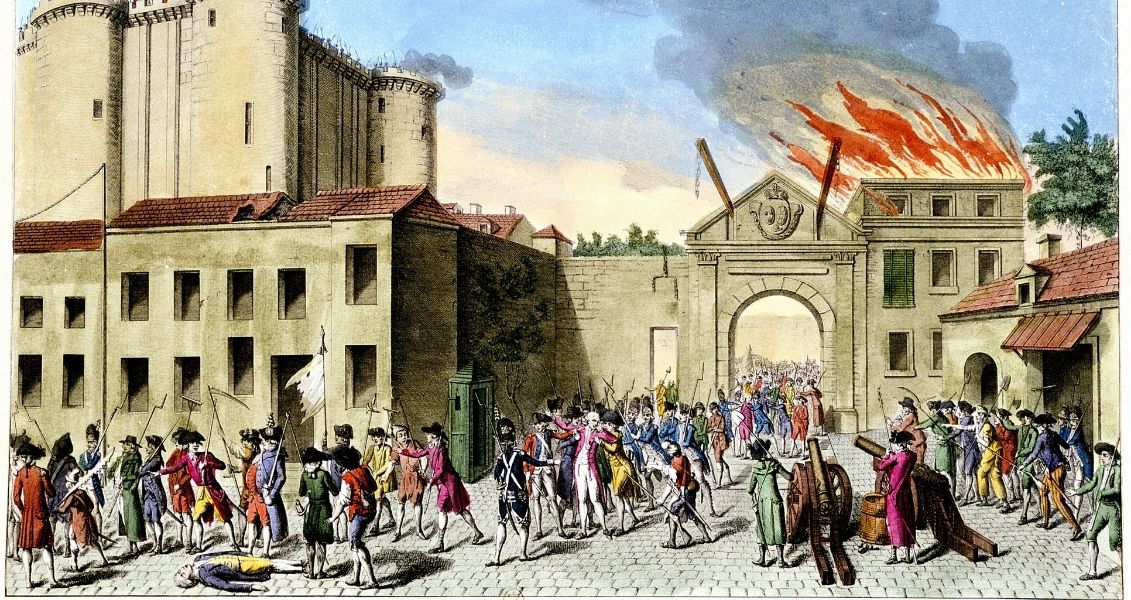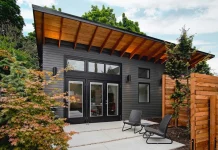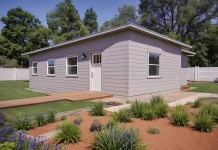When the German emigrant Jean-René Benickhausen at the beginning of the 18th century. settled in Paris, he hardly suspected that one of the symbols of the French capital would receive the name of his descendant.
-
1.
The highlight of the international exhibition -
2.
Artists against… -
3.
The highest in the world -
4.
Tourist attraction -
5.
In the service of the Motherland -
6.
Lighting and color
Since the German surname was difficult to pronounce in French, the family Benikhausen changed it to Eifel – that was the name of the mountain massif in Germany, where they were from.
It is interesting that the creator of the tower, Gustave Eiffel, at birth in 1832 was registered as Benickhausen and only in 1880 changed this surname to another, now known throughout the world.
Eiffel’s path to recognition was not easy. A twenty-year-old lyceum graduate with a technical bent failed the exams for the Polytechnic School in Paris, so he received his education at the Paris School of Arts and Crafts.
The highlight of the international exhibition
In the middle of the 19th century, there was a tradition of holding international exhibitions at which contemporary achievements of science and technology were demonstrated. Each country that hosted this international forum tried to impress visitors with large-scale projects, including architectural ones.
According to rumors, which have no documentary confirmation, the Eiffel Tower could appear a year earlier and in another city.
In 1888, the World Exhibition was to be hosted by Barcelona, so Eiffel proposed his tower project to city council officials. But they lost the chance to get an architectural gem for their city, considering the proposed structure too strange and expensive.
Be that as it may, when, as part of the preparation for the exhibition in 1889, the French government announced a competition for the project of an iron tower on the Champ de Mars, Eiffel already had a ready-made solution that met two main requirements: 1) the payback of the construction, that is, the tower had to attract visitors; 2) easy dismantling of the tower, which was supposed to take place after the end of the exhibition.
Trade Minister Edouard Locroix was impressed by the scrupulousness of Eiffel, who showed him 5,239 drawings with 18,038 components of the tower. Therefore, unlike the Barcelona city council (if the rumors are true), the French government approved the Eiffel project.
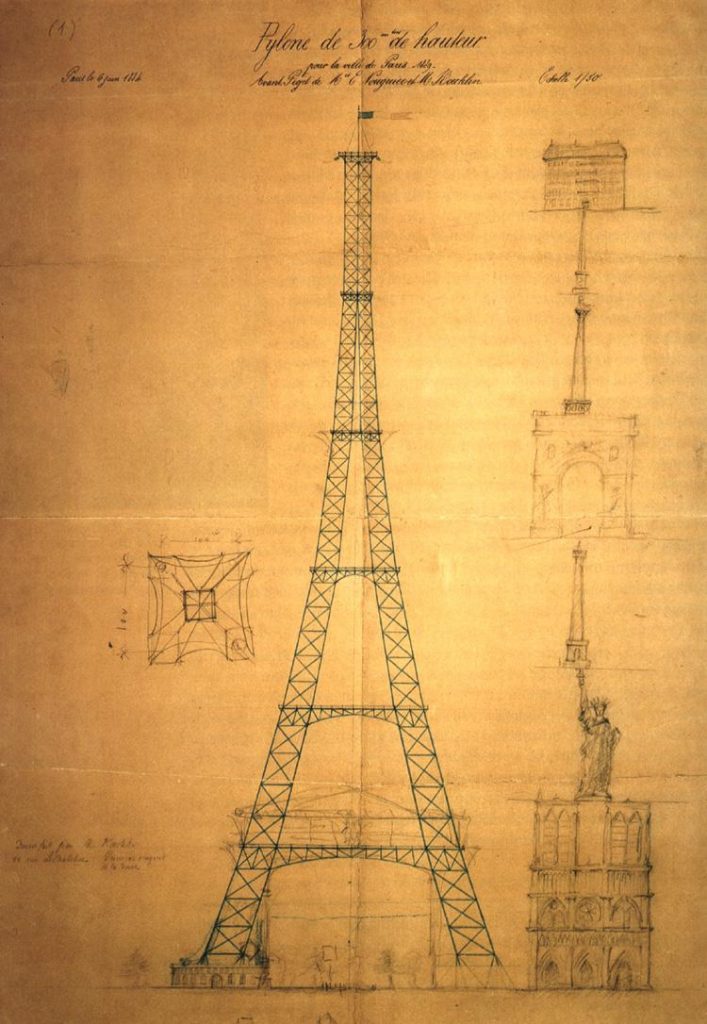
In turn, Eiffel from his own funds made a significant monetary contribution to the construction budget in exchange for all profits during the exhibition and in the next 20 years (Eiffel managed to bargain for some time for his creation).
Eiffel was given less than two years to implement the idea – during this time he had to build the tallest structure in the world at that time.
Artists against…
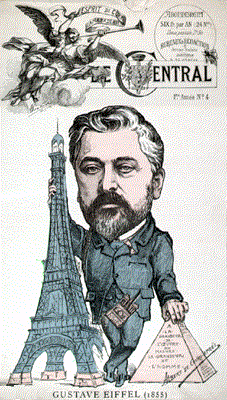
Even at the beginning of his work, Eiffel received merciless criticism from famous Frenchmen. Prominent representatives of the creative intelligentsia (Guy de Maupassant, William-Adolphe Bouguereau, Alexandre Dumas-son, Jules Massenet, Charles Gounod, Paul Verlaine and others) created the “Committee of Three Hundred” to prevent the construction of the tower, which, in their opinion, did not fit the refined style of French the capital
In February 1887, the Le Temps newspaper published their petition to the Minister of Labor and Commissioner for the exhibition Adolphe Alfan entitled “Artists against the Eiffel Tower”. In it, they compared the tower with a giant black chimney, which will overshadow the Louvre, the Arc de Triomphe, Notre Dame and other outstanding architectural monuments. It was difficult for the signatories of the petition to realize that they would have to contemplate this work of engineering thought for another twenty years. If only they knew then how wrong they were: nothing is more permanent than temporary.
But over time, the opinion of some of them changed. Thus, the composer Charles Gounod, a former staunch opponent of the construction of the tower, created the “Concert in the Clouds”, which he dedicated to the new wonder of Paris.
But the writer Maupassant repeatedly visited the restaurant “Jules Verne” on the first floor of the tower, because, according to him, it was the only place from where it could not be seen.
The highest in the world
After completion of construction in 1889, the height of the tower was 300.65 m. It retained the status of the tallest structure in the world until 1930, when the Chrysler Building skyscraper was built in New York.
After installing the antenna, the height of the tower reached 324 m.
You can climb the tower either by elevator or on foot, although for this you will have to climb 1,710 steps.
Tourist attraction
Unlike the artists, ordinary residents of Paris and guests of the capital immediately liked the tower. During the six months of the exhibition, it was visited by more than 2 million people. Already in the first year of the building’s existence, almost all the costs of its construction were reimbursed at the expense of visitors. It is believed that more than 250 million tourists have passed through the tower since its opening. This is the most popular paid attraction in the world – approximately 6-7 million people visit it annually.
In the service of the Motherland
The military very quickly realized what practical benefits can be obtained from the tower. During the First World War, a radio transmitter located on it interfered with German radio communications, which seriously hindered their advance on Paris and contributed to the victory of the Allies in the first battle of the Marne.
Lighting and color
The tower shone already on the day of its opening in 1889 with the help of 10 thousand gas lanterns, searchlights and a lighthouse.
It entered the new century with new lighting – electric. Modern golden lighting of the tower appeared in 1995.
But when taking pictures of the Eiffel Tower at night, do not forget that the illumination of the tower is protected by copyright and for the distribution of such pictures you can get not only a fine, but also a prison sentence.
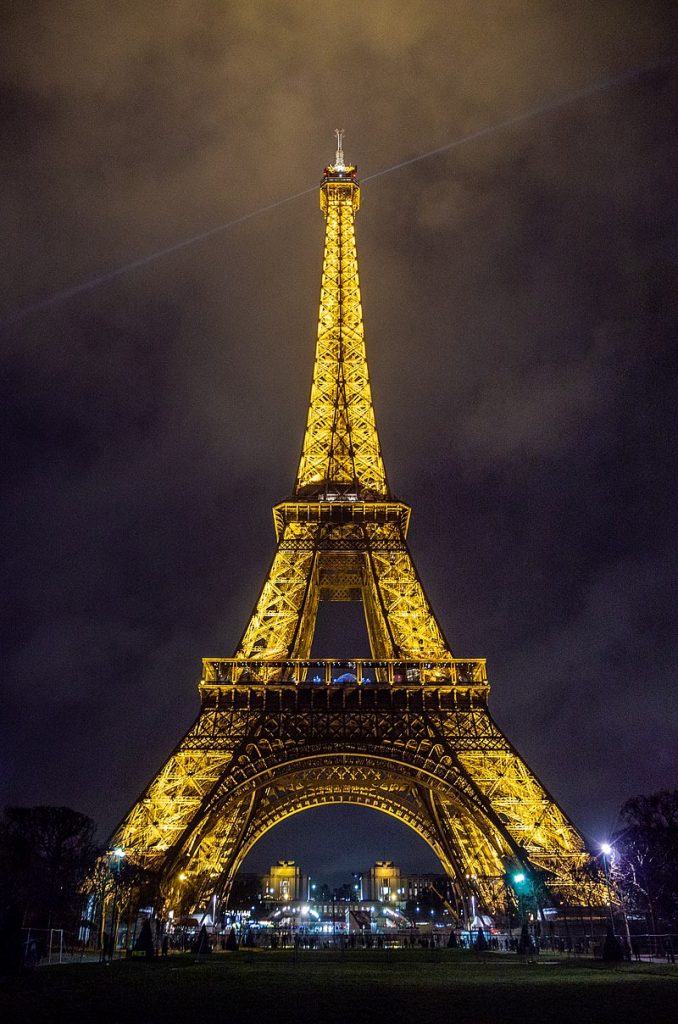
There is no building in the world that is painted in the same color as the Eiffel Tower. Back in 1900, Eiffel pointed out that the key to her long life is regular coloring. At one time, the tower acquired different colors – it was ochre, yellow, red-brown. Its current color is unique and patented and is called “Eiffel brown”. Like every Parisian fashionista, the tower requires a permanent makeover – every seven years it is covered with fresh paint of three shades (from darker on the lower levels of the structure to lighter on the upper ones).
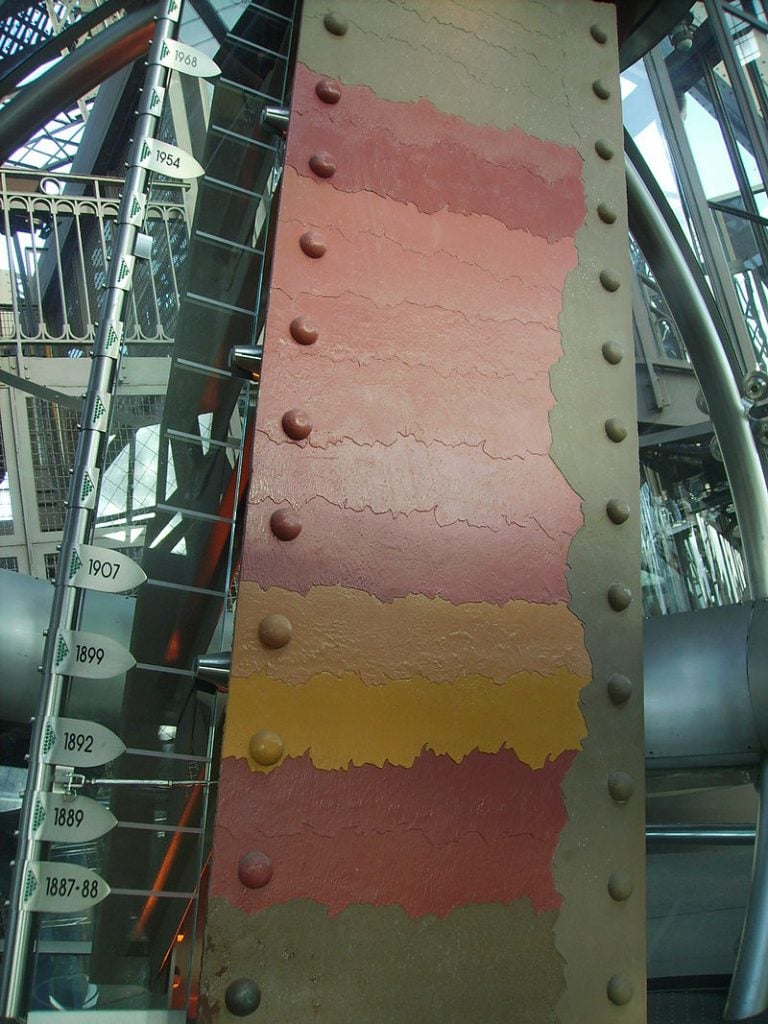
- About the author
- Other articles
- “Coca-Cola” is a success story, interesting facts – May 19, 2022
- Mr. Feynman is an outstanding physicist and a great joker – May 11, 2022
- Red poppies as a symbol of memory – May 8, 2022
